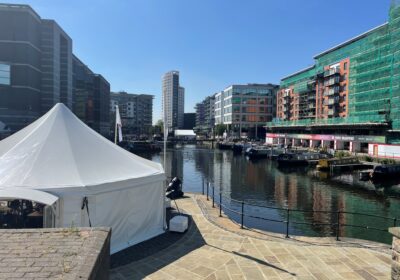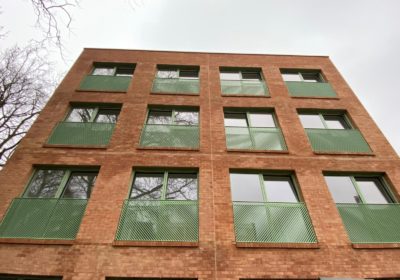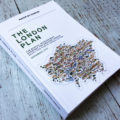As Michael Gove begins to turn his considerable brainpower to a career in political biography it was unsurprising that the housing sector would receive one last flourish from his pen before he packs his bags and exits the stage to the lucrative world of book signings and lectures.
After Govey had knocked out Marks and Spencer’s planned investment in Oxford Street last week, overruling his Inspector and once again most likely sending his department into another court battle, it was time this week for a renewed push on housing. The city of Cambridge is in his sights with the formation of a “Cambridge Delivery Group” to sort out a new urban quarter and speed up housing delivery. Whilst it’s right that the UK Government supports delivery in the Cambridge area it would have been better if this was done as part of wider planning reform. The problem with top down pet projects is they only last as long as the incumbent.
The Government press release was stocked full of supporting quotes from various organisations but none with any connection to Cambridge. It didn’t take long to see why as the backlash began in earnest, the Leader of the County Council was quoted as being “deeply angry and frustrated” whilst the local MP dismissed it all as nonsense.
Amongst the other announcements was a commitment to invest in ‘quality planning’ with £24 million earmarked. Half of it isn’t actually new money. The cash comes in the backdrop of significant reduction in resources.In 2019, spending per head on planning and development was down 60% from 2012. Housing services over 50% and transport spending reductions by more than a third. See my blog post on Council funding over this Government. This doesn’t move the dial.
Finally, there was lots of commitment to brownfield regeneration. This is great but nestled in there was a U-turn on second stairwells which will affect flatted schemes which by definition tend to be what you get on brownfield sites.
Earlier in the year, the Government had come out consulting that buildings of 30 metres or more should have second stairwells. However, they have now switched to 18 metres – roughly six storeys. Whether you are of the view that this is the correct thing to do or not, I would make two points. Firstly, it’s taken far too long to get here and secondly, this will further undermine brownfield viability, particularly for affordable housing.
Over the last five years, average gross to net efficiency has steadily fallen as new standards and regulatory requirements have subsumed the housing sector. The majority of the nation’s large housebuilders have pulled out of the major cities, particularly London, in search of simpler development propositions. On average, gross to net efficiency for flatted development is now in the high 60s/early 70s. In the past it could expect to exceed 80%. This means that roughly a third of the flatted buildings we are constructing are not providing monetary value which also means that private cross subsidy is no longer functioning. Planning policy is now misaligned with development viability and I am afraid it needs to be addressed if we want to see flatted housing schemes coming back. That’s partly why housing numbers have fallen off a cliff and developers would prefer to try and build houses in the countryside. The Prime Minister and Govey seem to either be unaware of this or happy to see the can kicked into the next parliament or local government.
One positive to say about this week’s announcement was the acknowledgement that the planning system needs to be more permissive for smaller sites, a campaign we have been running for some time. Let’s see what the NPPF updates bring in the Autumn.
The real estate industry is now in the grip of a freefalling sectoral recession and it’s far less lucrative than Govey’s future book signing spectacles. We stumble on but in decline until the public and private sector find a better way of information sharing as to the real challenges facing the industry.








